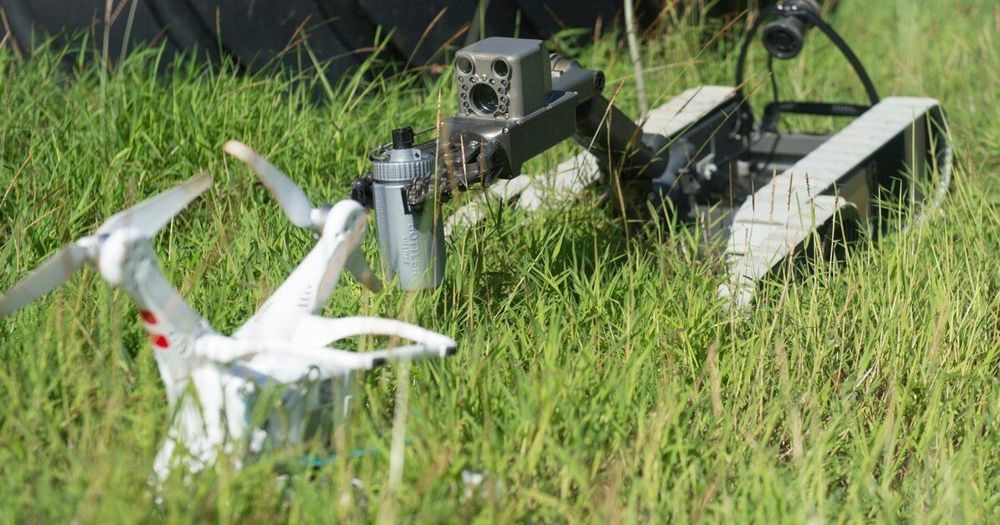Sep 11, 2019
A European Spacecraft Almost Collided With A SpaceX Satellite
Posted by Fyodor Rouge in categories: alien life, military, satellites
The tradition of road rage on earth does not apply to space where someone can yell at you to move. There has to be a channel of communication form the earth’s control centres and even then, those emails can be missed. Well, this may have almost caused two assets to run into each other about 350 km above Earth last weekend. This involved a Starlink satellite belonging to SpaceX and the European Space Agency’s Aeolus satellite.
The incident actually started on Wednesday when the US Air Force’s 18th Space Control Squadron issued a risk warning to both organisations. The unit that monitors space vessels and debris warned that the collision might happen around September 2nd at 7 am ET, with a 0.1% probability.
Continue reading “A European Spacecraft Almost Collided With A SpaceX Satellite” »

















